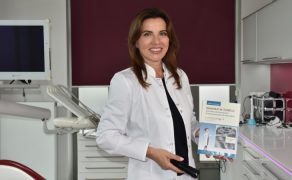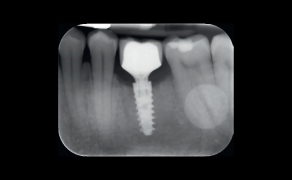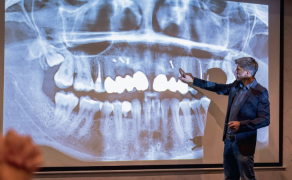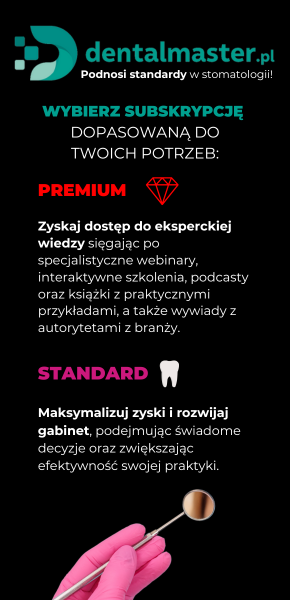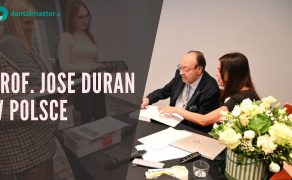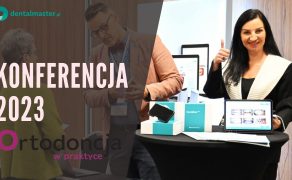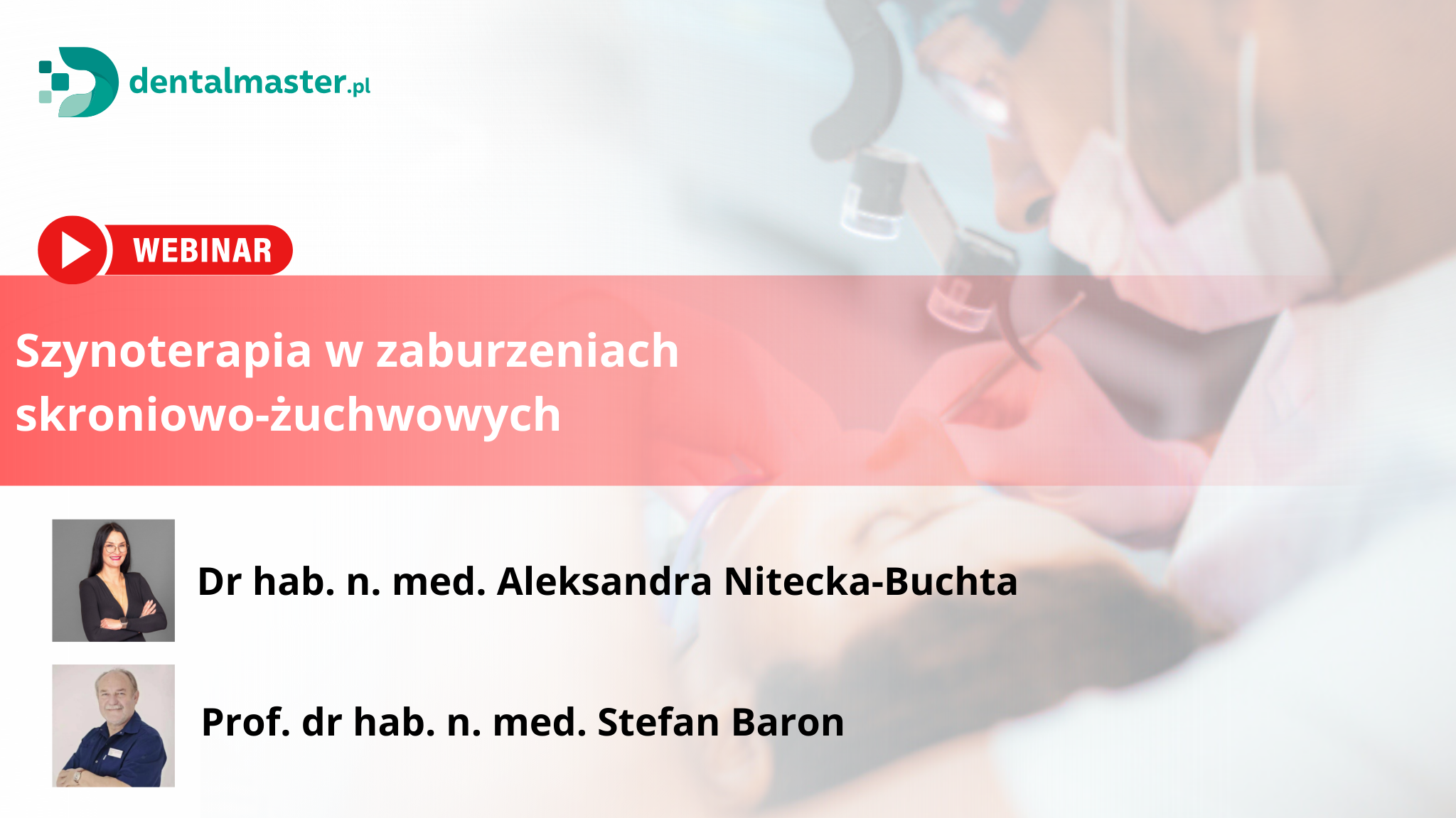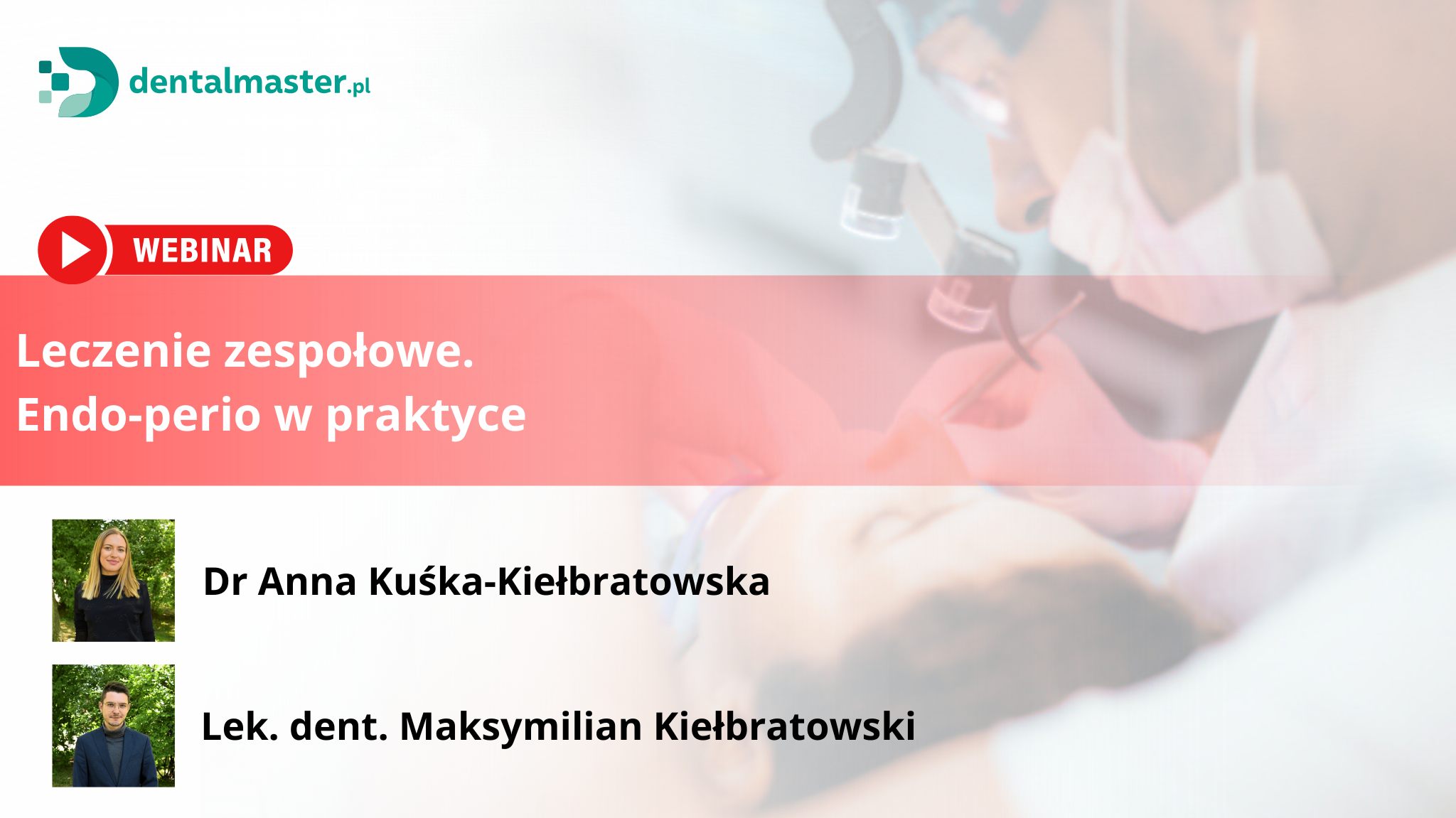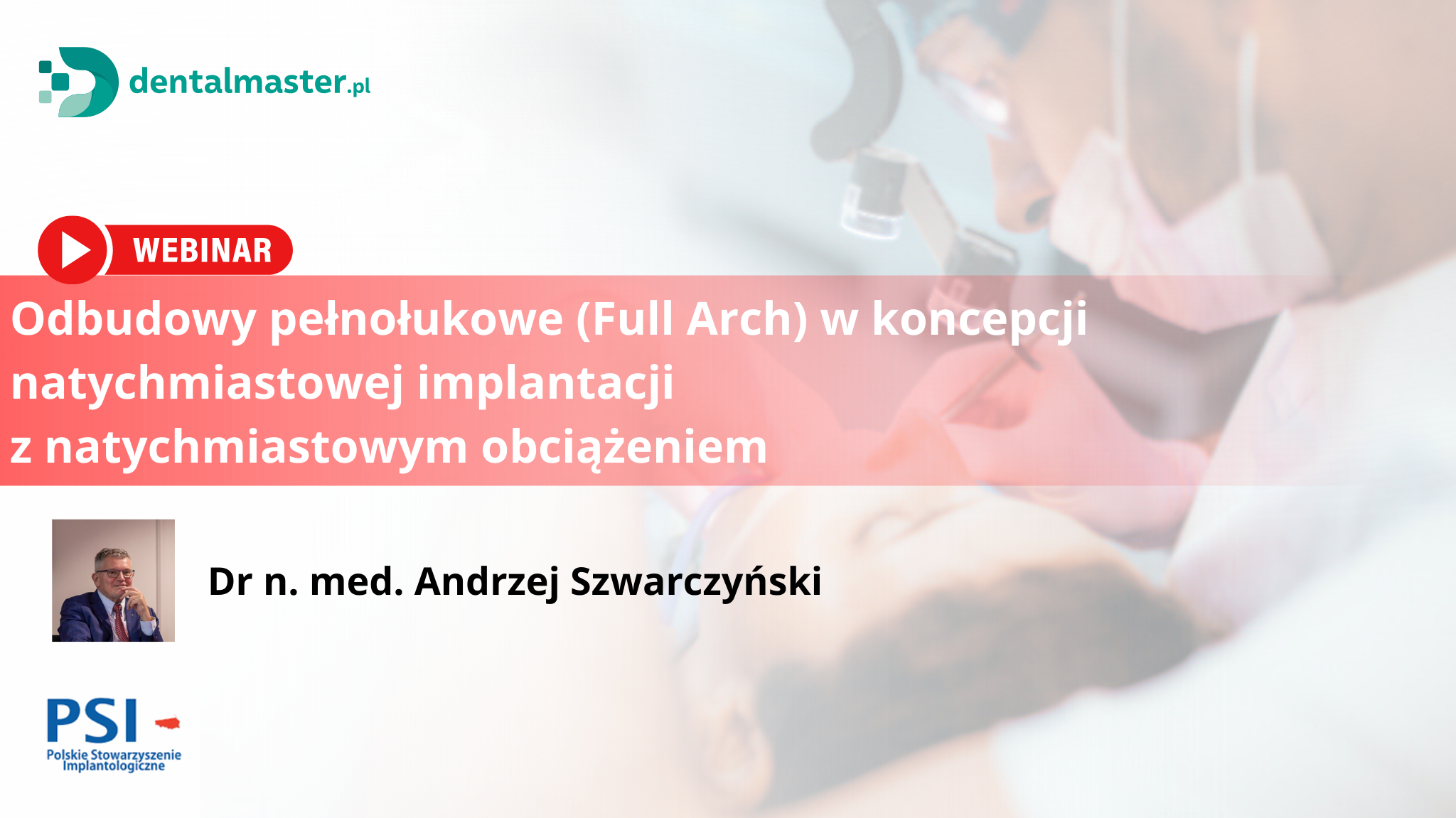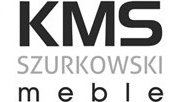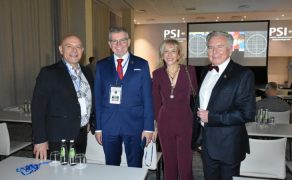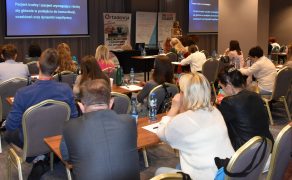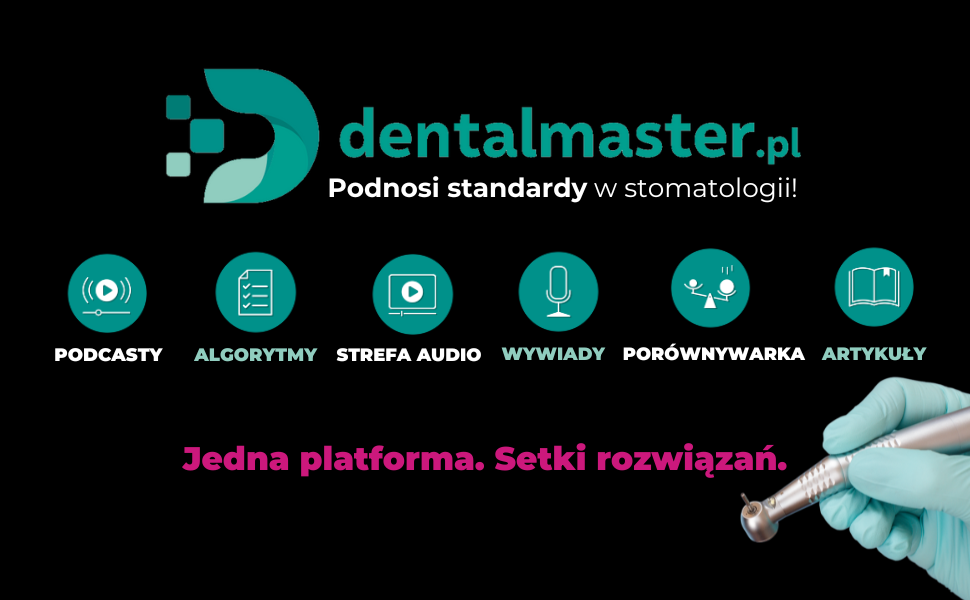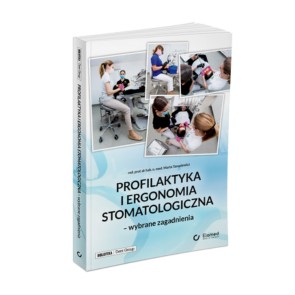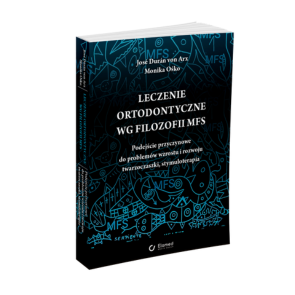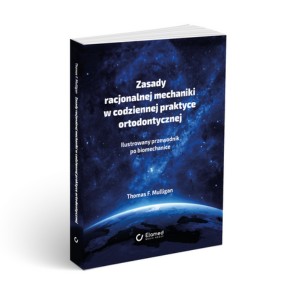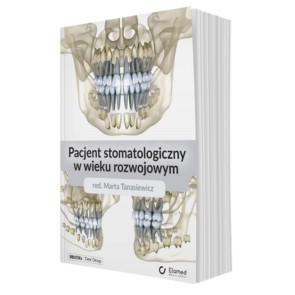Zastosowanie bioaktywnych podkładów
Bioactive refers to a material that causes an effect, or response, from living tissue. There are several new materials that are bioactive in that they stimulate dentin bridging and apatite formation by using calcium silicates or calcium aluminates.
TheraCal LC (BISCO Dental Products) is a liner, ProRoot MTA (DENTSPLY Tulsa Dental Specialties) is an endodontic reparative material, Biodentine (Septodont) is a base, and Ceramir (Doxa) is a cement; all of these materials have the potential to seal dentin, stop microleakage, almost eliminate sensitivity, and even promote pulpal healing (1). Today, instead of merely replacing tooth, we hope to stimulate the formation of tooth.
TheraCal, the focus of this article, is a material that creates a new category of resin-modified calcium silicates (RMCS). It is a light-cured, resin-based, and highly radiopaque liner designed to release calcium to promote hard-tissue formation, and is indicated for use under direct restorative materials as a replacement to calcium hydroxide (CaOH2), glass ionomers, eugenol-based sedative materials, and pulp capping restoratives.
Liners and pulp capping materials
Calcium silicates as found in mineral trioxide aggregate (MTA) have been used for many years as a bioactive material in various endodontic procedures as well as effective pulp capping and pulp replacement therapies (2, 3). TheraCal LC consists of a single paste containing CaO, calcium silicate particles (type III Portland cement), Sr glass, fumed silica, barium sulphate, barium zirconate and resin containing Bis-GMA and poly dimethacrylate. ProRoot MTA is composed of white Portland cement and bismuth oxide (4). While MTA has been shown to be a reliable pulp capping, dentin sealing material, and is biocompatible; its formulation and chemical curing make it a less [...]

którzy są subskrybentami naszego portalu.
i ciesz się dostępem do bazy merytorycznej wiedzy!



